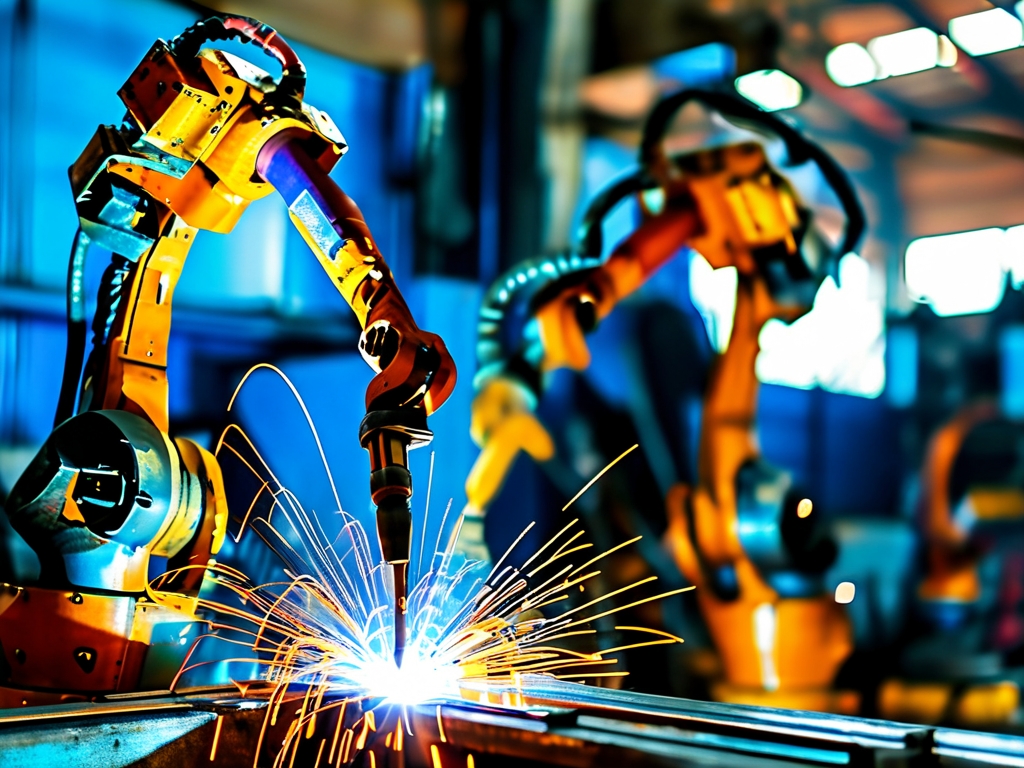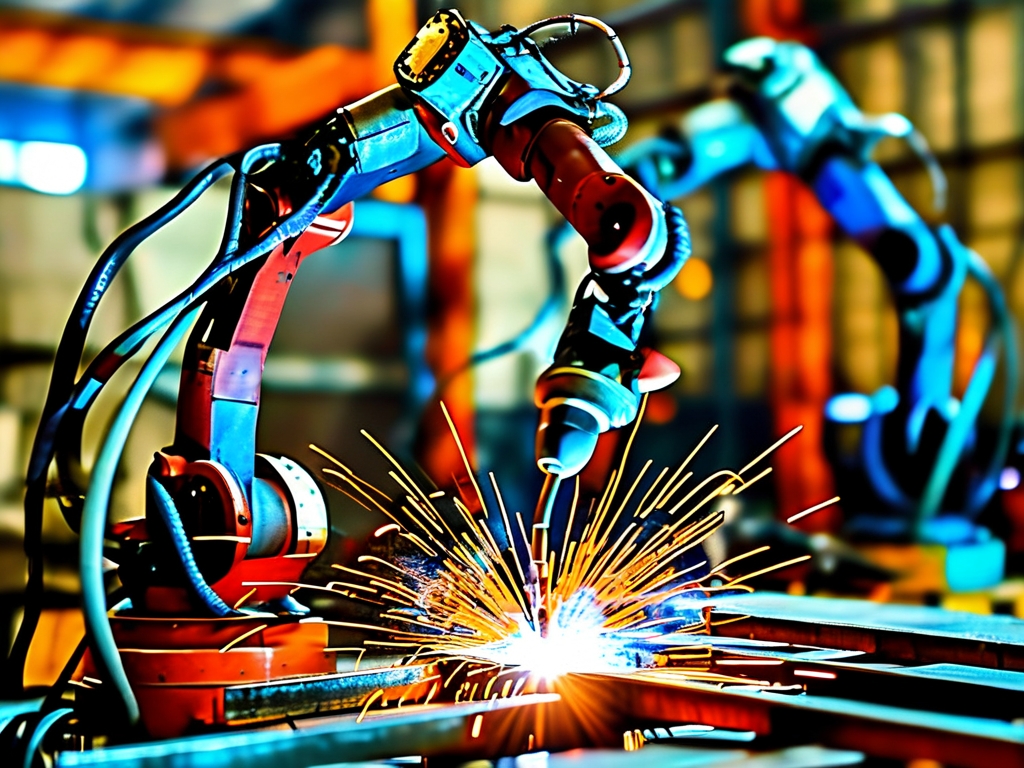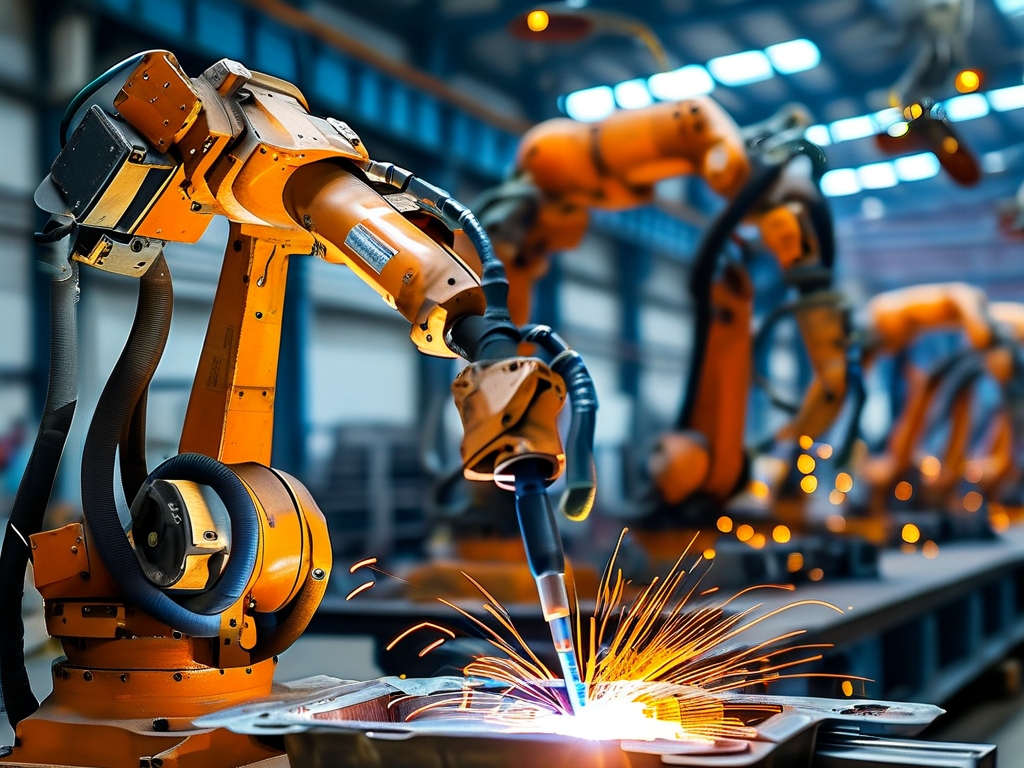The integration of robotics into aluminum welding processes has revolutionized manufacturing industries, from automotive to aerospace. However, welding aluminum—a lightweight, high-strength, but thermally sensitive material—poses unique technical challenges. This article explores the critical requirements for achieving consistent, high-quality robotic aluminum welding, addressing equipment specifications, process parameters, and advanced techniques to overcome inherent material limitations.

1. Material Challenges in Aluminum Welding
Aluminum’s high thermal conductivity (237 W/m·K, nearly four times that of steel) and low melting point (660°C) demand precise heat control. Its rapid oxidation forms a refractory oxide layer (Al₂O₃) with a melting point of 2,072°C, which can trap impurities and weaken weld joints. Additionally, aluminum’s coefficient of thermal expansion is 23.1 µm/m·°C, increasing the risk of distortion. These properties necessitate specialized robotic welding systems capable of managing heat input, arc stability, and contamination prevention.

2. Robotic Welding System Requirements
a. Power Source and Waveform Control
Pulsed gas metal arc welding (GMAW-P) is preferred for aluminum due to its ability to regulate heat through high-frequency current pulses. Modern inverters with synergic control adapt voltage and wire feed speed dynamically, minimizing spatter. Advanced systems integrate alternating current (AC) for oxide removal in tungsten inert gas (TIG) welding.
b. Wire Feeding Mechanisms
Aluminum’s softness requires push-pull wire feeders with U-groove drive rolls to prevent deformation. A Teflon-lined conduit reduces friction, while spool guns or integrated wire reels ensure consistent feed rates. ER4043 and ER5356 alloys are commonly used, with diameters ranging from 0.8–1.6 mm.
c. Shielding Gas Selection
Argon (100%) or argon-helium blends (70/30 or 50/50) provide optimal arc stability and oxide removal. Helium increases penetration in thick sections but raises costs. Gas flow rates of 15–25 L/min are typical, with nozzle designs minimizing turbulence.
3. Sensor and Vision Systems
Real-time seam tracking is critical due to aluminum’s reflectivity and joint fit-up variations. Laser-based vision systems (e.g., Servo-Robot or SICK) adjust torch positioning within ±0.1 mm accuracy. Through-the-arc sensing monitors voltage fluctuations to detect gaps or misalignment. 3D scanning pre-weld identifies joint geometry for adaptive path programming.
4. Programming and Path Planning
Offline programming (OLP) software like RobotStudio or OCTOPUZ simulates welding paths, factoring in aluminum’s thermal distortion. Multi-pass strategies distribute heat input for thick materials, while weaving patterns (e.g., sinusoidal or triangular) improve filler metal distribution. Collision avoidance algorithms prevent tooling interference in complex geometries.
5. Post-Weld Quality Assurance
Non-destructive testing (NDT) methods like X-ray, ultrasonic, or dye penetrant inspection detect porosity or cracks. Automated systems correlate welding parameters (e.g., travel speed, voltage) with defect rates using machine learning, enabling predictive quality control.
6. Industry Applications and Case Studies
In electric vehicle (EV) battery tray production, robotic welding achieves 0.5 mm tolerance seams on 2 mm AA6061 sheets, ensuring leak-proof joints. Aerospace manufacturers use friction stir welding (FSW) robots for 20 mm-thick AA7075 panels, combining rotation speeds of 1,000 RPM with 15 kN axial force.
7. Future Trends
AI-driven adaptive welding systems are emerging, utilizing neural networks to optimize parameters in real time. Hybrid laser-arc welding (HLAW) robots combine 6 kW fiber lasers with GMAW for high-speed, low-distortion joins. Collaborative robots (cobots) with force-torque sensors enable human-robot teamwork in small-batch production.
Robotic aluminum welding demands a holistic approach integrating advanced hardware, intelligent software, and process expertise. As industries push for lighter, stronger structures, mastering these technical requirements will remain pivotal to achieving efficiency, precision, and sustainability.


